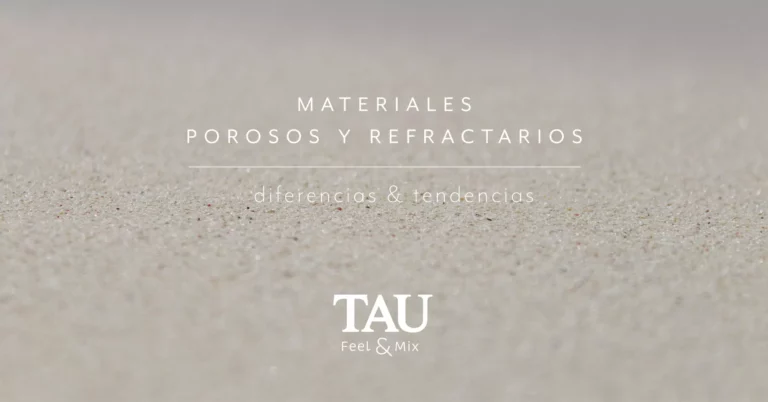
Many interior decoration projectsoffer good results with different porous and refractory materials. Nowadays, interior designers talk a lot about technical ceramic concepts when starting any paneling process inside a home. However, ceramic manufacturers know the best finishes are those that stay perfect longer.
Porous materials:
Porous ceramic materials provide top quality and a very aesthetic finish. The main characteristic is the fact that these materials are baked and subjected to very high temperatures. However, they don’t go through vitrification and, therefore, the texture is rougher and less compact.
Refractory materials:
Refractory ceramic materials are heavily used in interior decoration nowadays. They’re produced from clay that is baked at very high temperatures. Once the material is finished, it can be subjected again to high temperatures without modifying the structure. This capacity to bear high temperatures without alteration is exactly what makes this material ideal for kitchens.
Interior design
Interior decorating trends are constantly changing with new looks for homes launched every year. This benefits people who are used to changing their decor as well as those who want to adapt the look to a more neutral taste that never changes.
In both cases, it’s a good idea to rely on interior designers who can guarantee certain materials will never go out of style and work well for a long time. Porous and refractory materials are setting trends in ceramic tile that seem to follow a clearly essential decorative flow throughout your home. Think about using this versatile, long-lasting and quality material.
